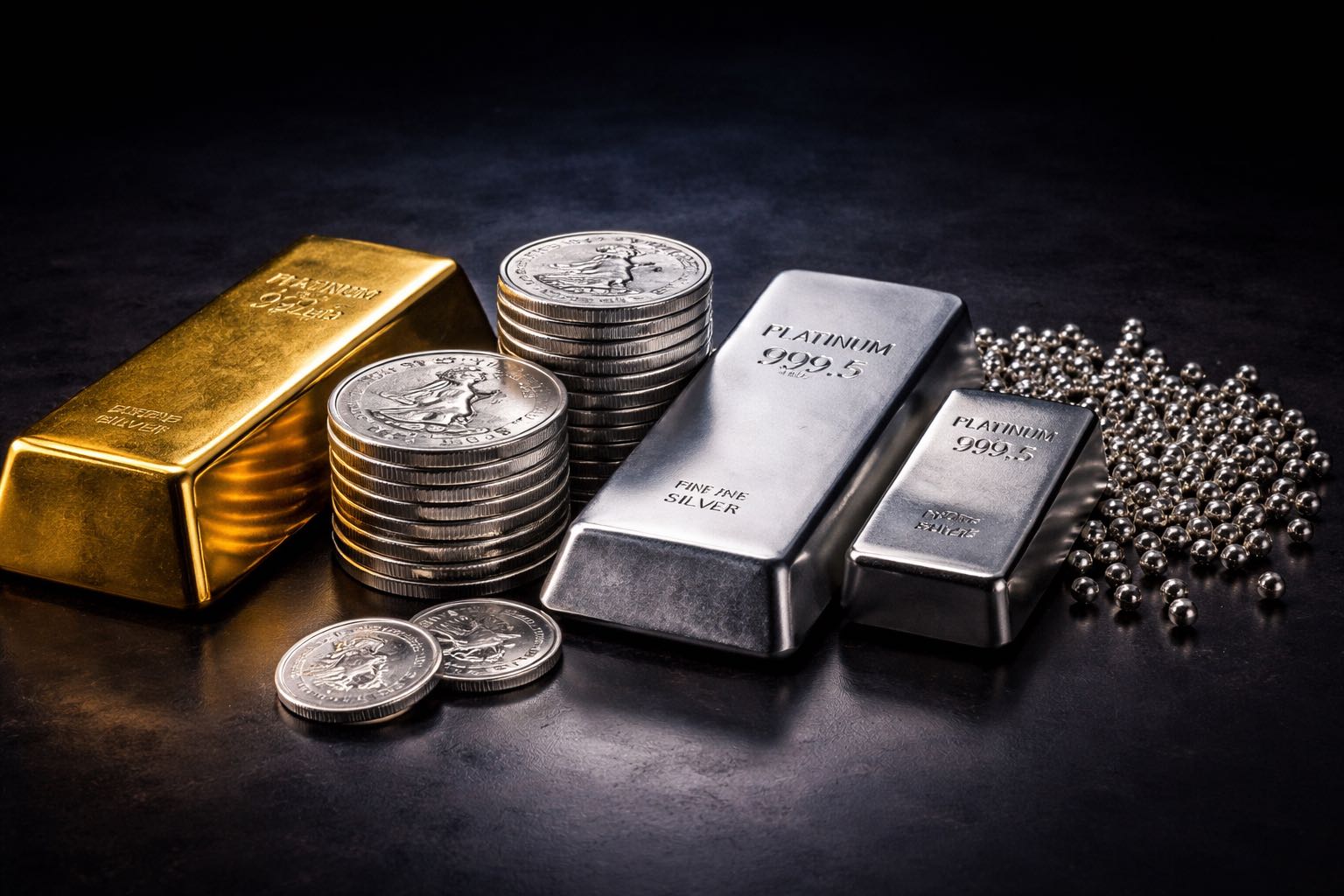Stock investment is an activity full of opportunities and risks, and in this
vast field, investors usually rely on two key tools to guide their decisions:
technical analysis and fundamental analysis. These two methods each have their
own strengths and applicable scenarios. This article will explore the different
perspectives of technical analysis and fundamental analysis to help investors
better understand how to achieve success in the stock market.

Technical Analysis: The Story Behind the Chart
Technical analysis is an attempt to predict future price trends by studying
charts of historical price and trading volume data. Investors may have seen
experts holding sticks and pointing at charts on television, attempting to
explain market trends to the audience. Although this may seem a bit mysterious,
the underlying principle is relatively simple.
In technical analysis, investors focus on the emotions and behaviors of
market participants, attempting to find patterns and trends in price charts. For
example, when the stock price is repeatedly hindered at a certain price level,
this price level is called the "resistance level", and when the stock price
repeatedly finds support at another price level, this price level is called the
"support level". Technical analysts believe that these price levels can affect
the decisions of market participants, thereby affecting Stock Prices.
Although technical analysis can provide useful information for short-term
traders, its application is more limited for medium- to long-term investors.
Technical analysis mainly focuses on past prices and transaction data and has
little understanding of the company's fundamental factors, so it is not suitable
for long-term value investment decisions.
Fundamentals analysis: Gain a deeper understanding of the company's intrinsic
value.
Fundamental analysis is a more comprehensive approach that focuses on
studying the intrinsic value and financial condition of a company. The goal of
this method is to determine the actual value of a company and determine whether
its stock is undervalued or overvalued. The fundamental analysis considers
various factors, including the company's profitability, financial condition,
management quality, and market prospects.
-
Fundamental analysis at the macro level
Investors can conduct macro-level fundamental analysis to understand the
overall economic trends. For example, they can focus on economic indicators such
as the country's GDP (gross domestic product) and CPI (consumer price index) to
assess the health of the economy. In addition, the policies of the central bank also have an impact on the stock market, such as quantitative easing policies
that may push the stock market higher.
-
Fundamental analysis at the industry level
Investors can study the fundamentals of different industries. There are
significant differences between different industries, so investors need to
understand the characteristics of each industry. For example, some industries
may have high barriers, such as finance or tobacco, while others may have fierce
competition and lower barriers. Government policies can also have significant
impacts on different industries, so investors need to consider changes in
government policies.
-
Fundamentals analysis at the company level
Fundamental analysis also includes research at the company level. Investors
need to have a deep understanding of a company's financial situation, including
its profitability, financial statements, cash flow, etc. In addition,
understanding the management team of a company is also important, as the quality
and decision-making ability of the management team will directly affect the
development and success of the company.
Choose the appropriate method.
When investing in stocks, from different perspectives of technical analysis
and fundamental analysis, both have their own unique value. Technical analysis
can help short-term traders capture market sentiment and trends, but for medium-
to long-term investments, fundamental analysis is more crucial. Investors should
choose appropriate methods based on their investment goals and time span.
Diverse outlooks on tech and fundamental analysis
| Aspect |
Technical Analysis |
Fundamental Analysis |
| Method Description |
Attempts to predict future price trends by studying historical price and volume data through charts. |
Focuses on researching a company's intrinsic value and financial condition to determine whether a stock is undervalued or overvalued. |
| Time Horizon |
Primarily suitable for short-term traders. |
Applicable to medium and long-term investors and value investing. |
| Key Focus Areas |
Emphasizes market participants' emotions and behavior, trying to identify patterns and trends in price charts. |
Considers a company's profitability, financial condition, management quality, and market prospects. |
| Analytical Scope |
Primarily focuses on past prices and trading data, with less emphasis on fundamental factors. |
Integrates fundamental factors at macroeconomic, industry, and company levels. |
| Suitability for Long-Term Investment Decisions |
Limited, doesn't consider a company's fundamental factors. |
Applicable, emphasizing a company's intrinsic value and long-term prospects. |
Another point is not to overlook the importance of the company's management
team, as their decision-making and management style can have a significant
impact on the company's future performance. Regardless of the analysis method
chosen, considering both technical and fundamental factors will help make more
informed investment decisions. The stock market is full of opportunities, but it
is also accompanied by risks. By comprehensively using different analysis tools,
we can better grasp the pulse of the market and achieve long-term investment
success.
Disclaimer: This material is for general information purposes only and is not intended as (and should not be considered to be) financial, investment or other advice on which reliance should be placed. No opinion given in the material constitutes a recommendation by EBC or the author that any particular investment, security, transaction or investment strategy is suitable for any specific person.



























